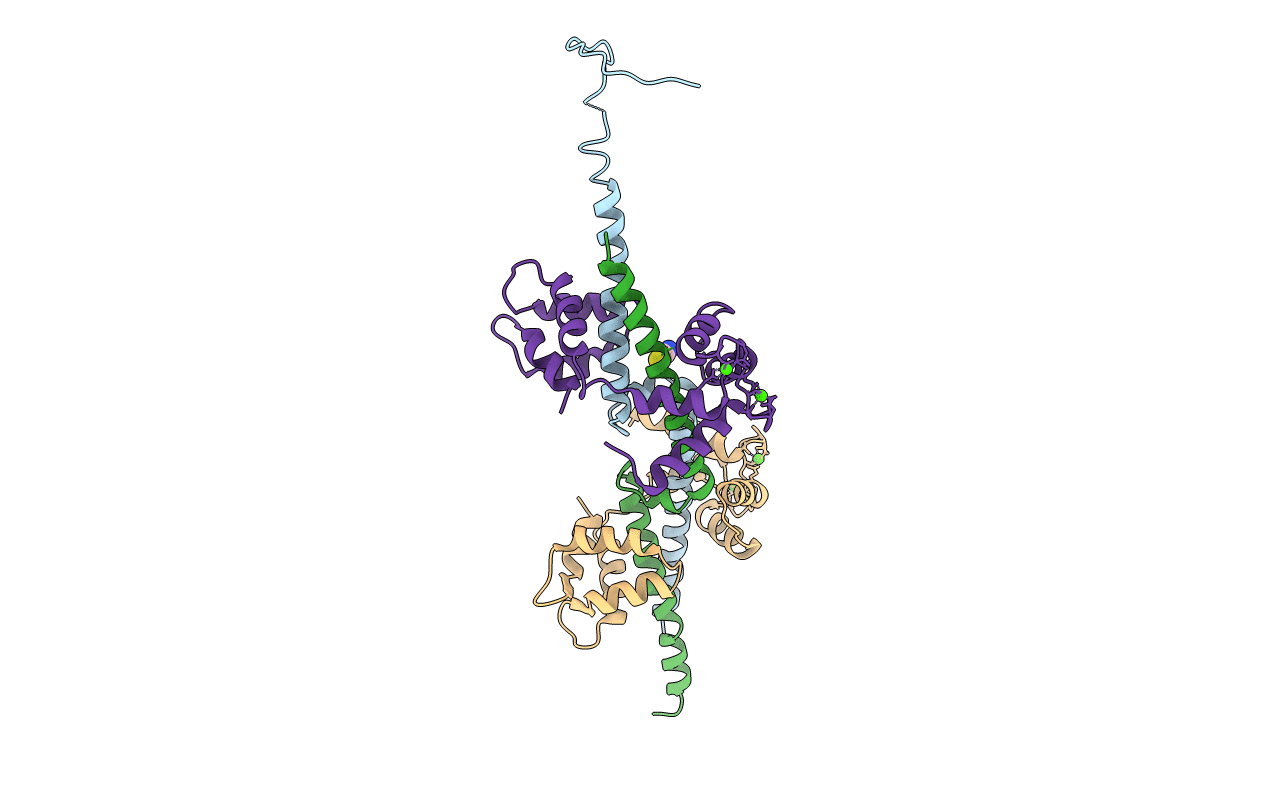
Deposition Date
2014-09-14
Release Date
2014-11-05
Last Version Date
2024-05-08
Entry Detail
PDB ID:
4V0C
Keywords:
Title:
Crystal Structure of the Kv7.1 proximal C-terminal Domain in Complex with Calmodulin
Biological Source:
Source Organism:
HOMO SAPIENS (Taxon ID: 9606)
Host Organism:
Method Details:
Experimental Method:
Resolution:
2.86 Å
R-Value Free:
0.26
R-Value Work:
0.22
R-Value Observed:
0.22
Space Group:
P 65


